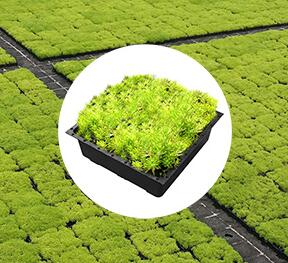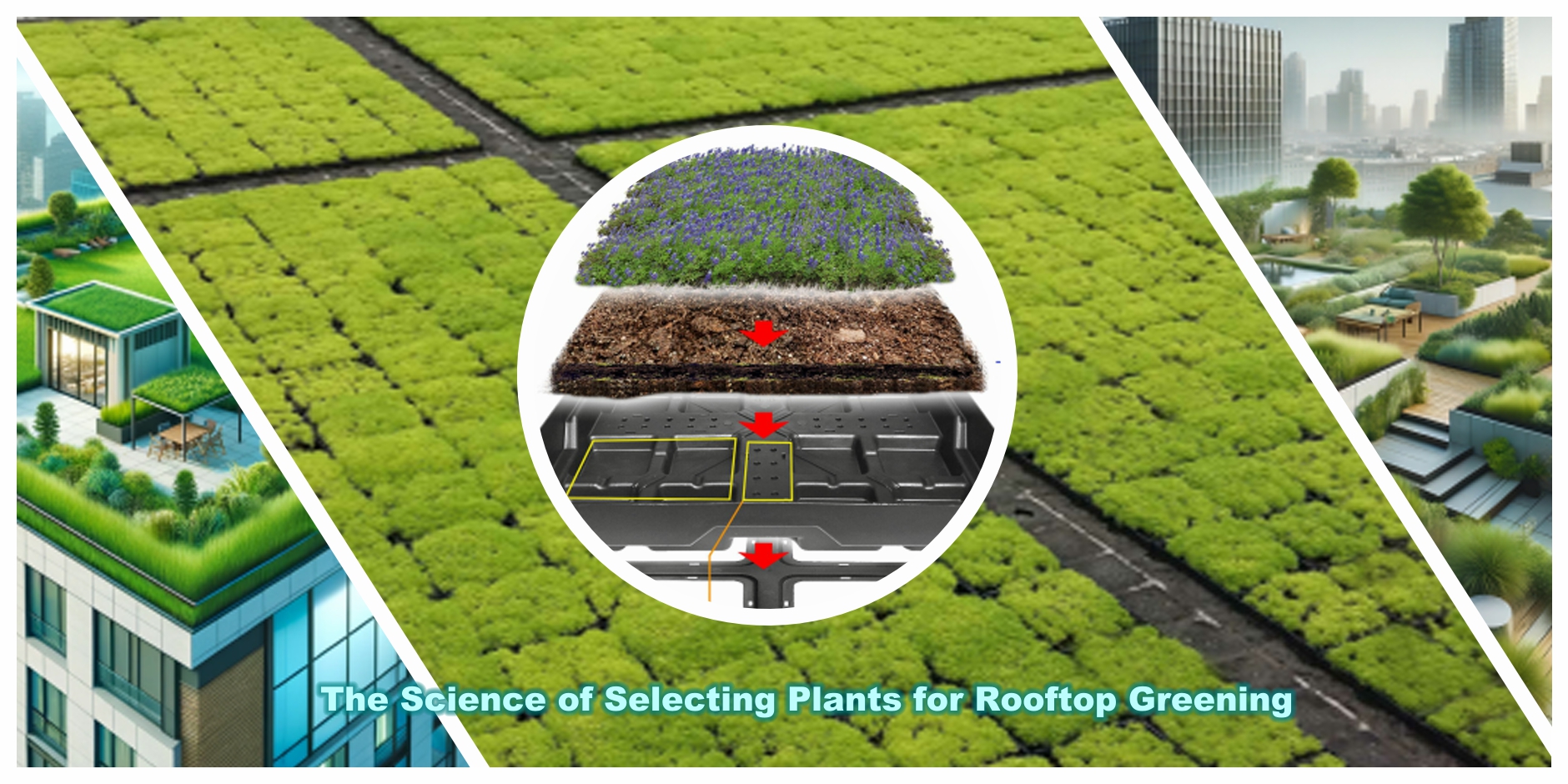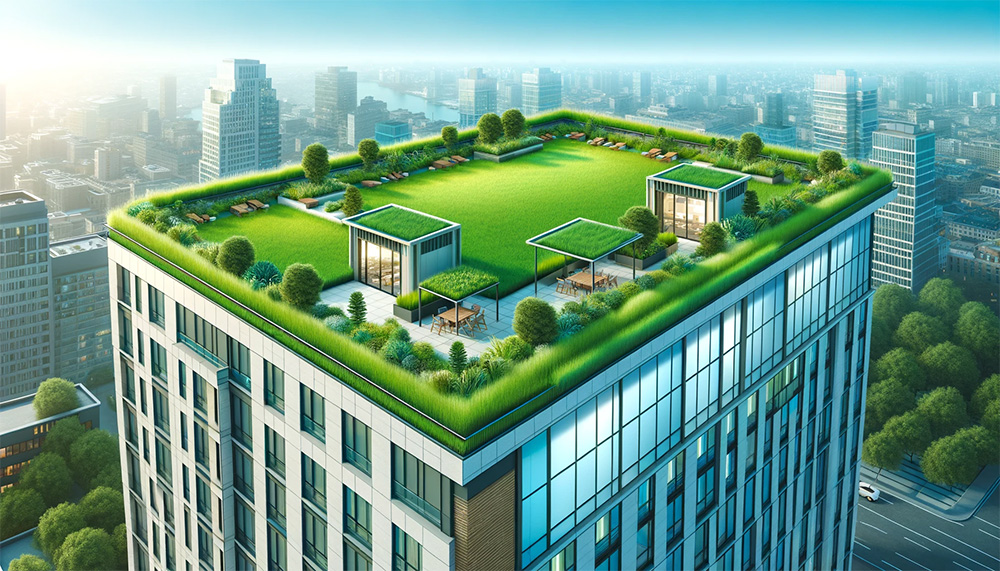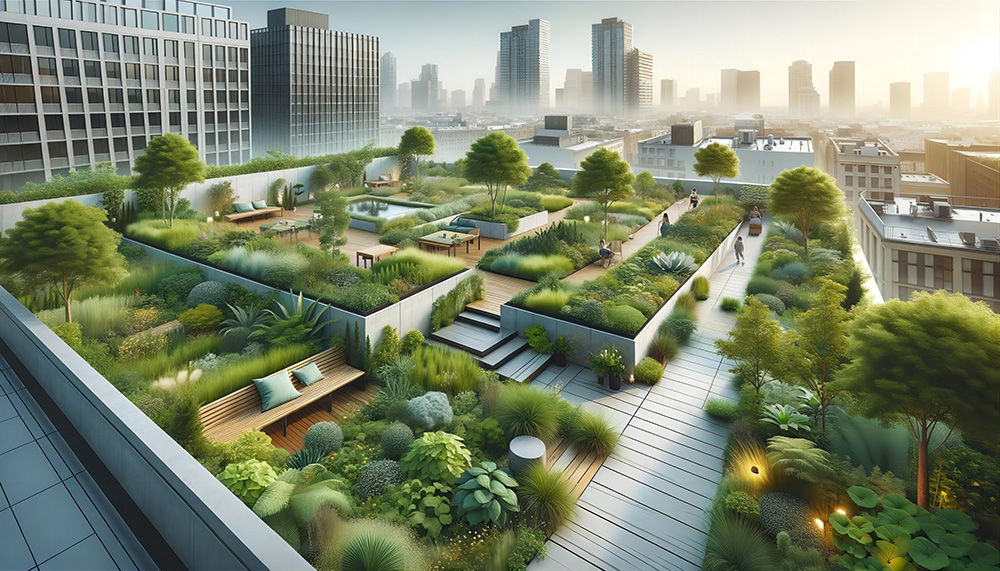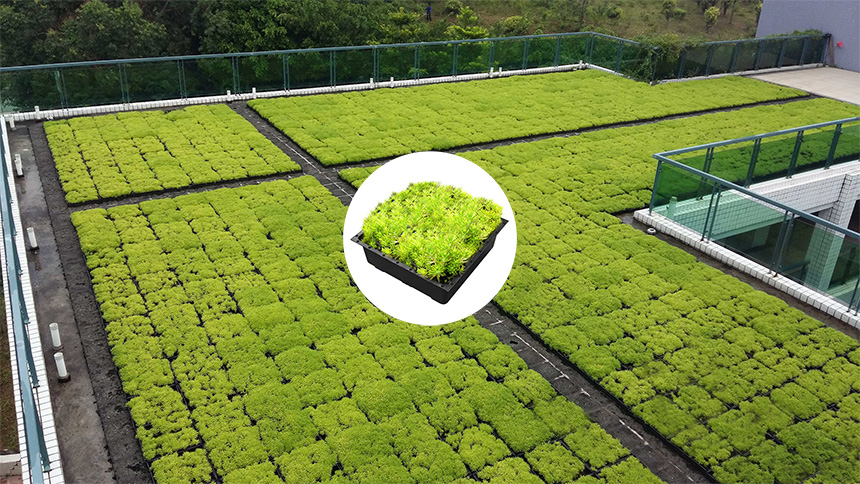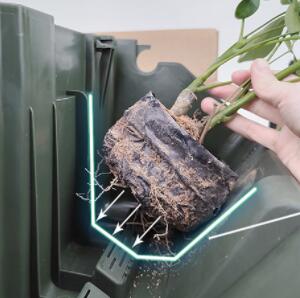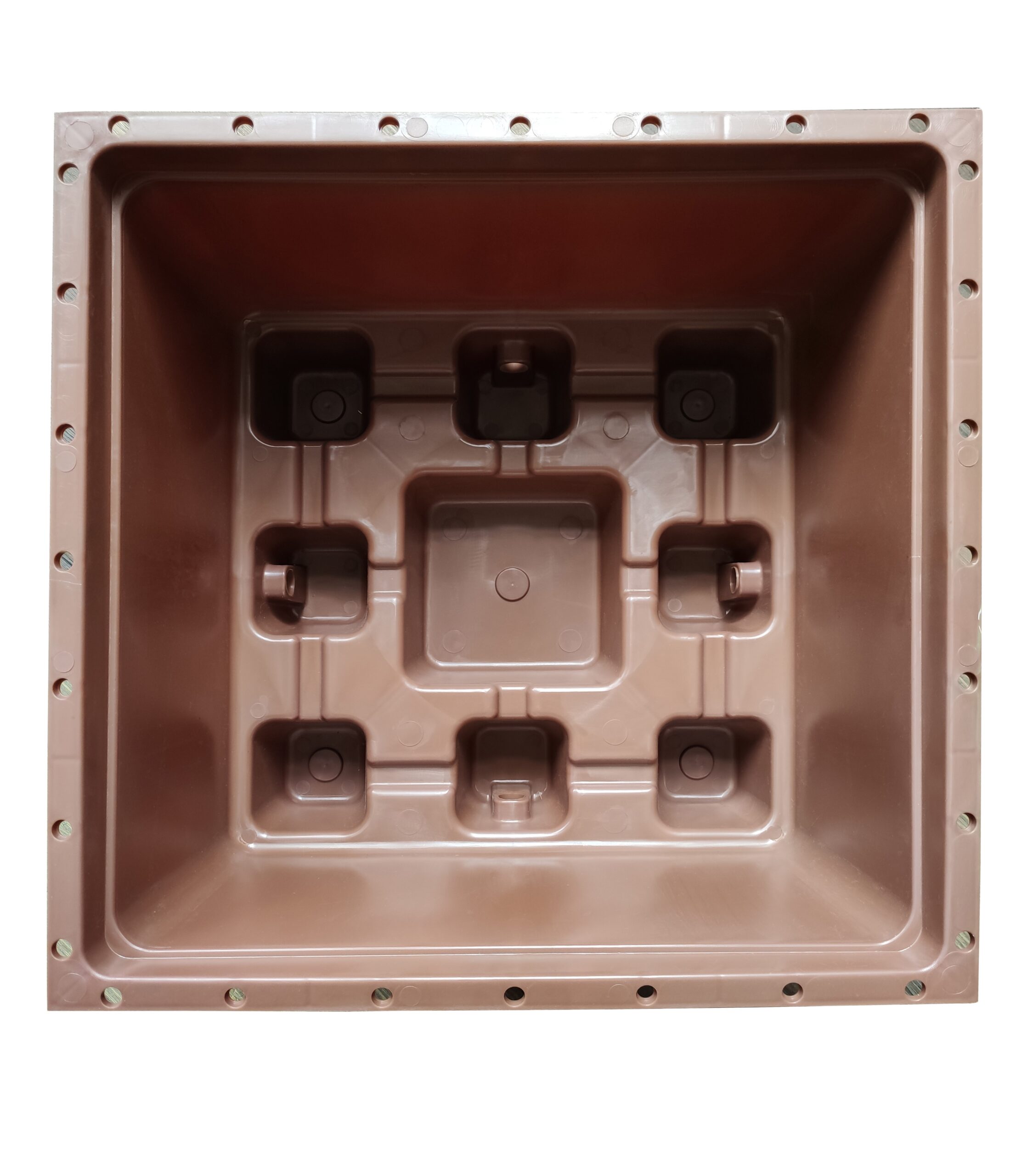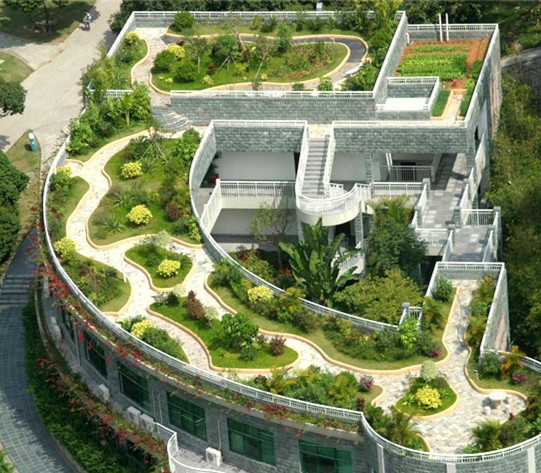The Environmental Scientist’s Guide to Selecting Plants for Rooftop Greening
In the quest for urban ecological sustainability, rooftop greening emerges as a pivotal element. This approach, championed by environmental scientists, not only transforms urban aesthetics but plays a crucial role in enhancing biodiversity, reducing the urban heat island effect, and improving air quality. Central to the success of rooftop greening is the selection of appropriate plants, a process grounded in scientific understanding and environmental compatibility.
Understanding Plant Ecology for Roof Environments
The selection of plants for rooftop greening requires a deep understanding of plant ecology and adaptability. Environmental scientists emphasize the importance of choosing species that can thrive in the unique conditions of urban rooftops, which often face extreme exposure to sun, wind, and temperature fluctuations. Plants ideal for these conditions include those with high drought tolerance, shallow root systems, and resilience to environmental stressors.
The Role of LEIYUAN’s Green Roof Trays
Incorporating LEIYUAN’s Green Roof Trays into the rooftop greening strategy is a game-changer. These trays offer an innovative solution for creating sustainable green spaces in urban settings. They provide a conducive environment for plant growth, thanks to their built-in drainage systems that prevent waterlogging and root rot, and their lightweight yet durable construction ensures structural safety. The modular design of these trays allows for flexibility in plant selection and arrangement, catering to the specific needs of each rooftop environment.
Plant Selection: A Scientific Approach
When selecting plants for rooftop greening, environmental scientists advocate for a species-rich palette that contributes to urban biodiversity. This includes a mix of native species and hardy exotics. Native species are particularly beneficial as they are already adapted to the local climate and support local wildlife. Hardy exotics, on the other hand, can offer drought resistance and aesthetic diversity.
Some of the recommended plant types include:
- Succulents: Such as Sedum spp., known for their drought tolerance and low maintenance needs.
- Turf Grasses: Varieties like Zoysia spp., which are resilient to foot traffic and effective in controlling soil erosion.
- Herbaceous Perennials: Plants like Coreopsis spp., which add color and attract pollinators.
- Shrubs and Small Trees: Providing vertical greening elements and additional shade, species like Cotoneaster spp. are ideal.
Evaluating Environmental Benefits
The chosen plants should contribute to the ecological objectives of rooftop greening. This includes enhancing air quality by absorbing pollutants and CO2, providing habitats for urban wildlife, and contributing to temperature regulation through transpiration and shade. The use of plants with high photosynthetic efficiency and those that can host diverse insect populations is particularly encouraged.
Conclusion
The science of selecting the right plants for rooftop greening is integral to urban ecological sustainability. By combining the practicality of LEIYUAN‘s Green Roof Trays with a diverse selection of suitable plants, environmental scientists can create thriving ecosystems atop urban structures. This not only benefits the environment but also enhances the quality of life for urban dwellers, making our cities greener and more sustainable.


